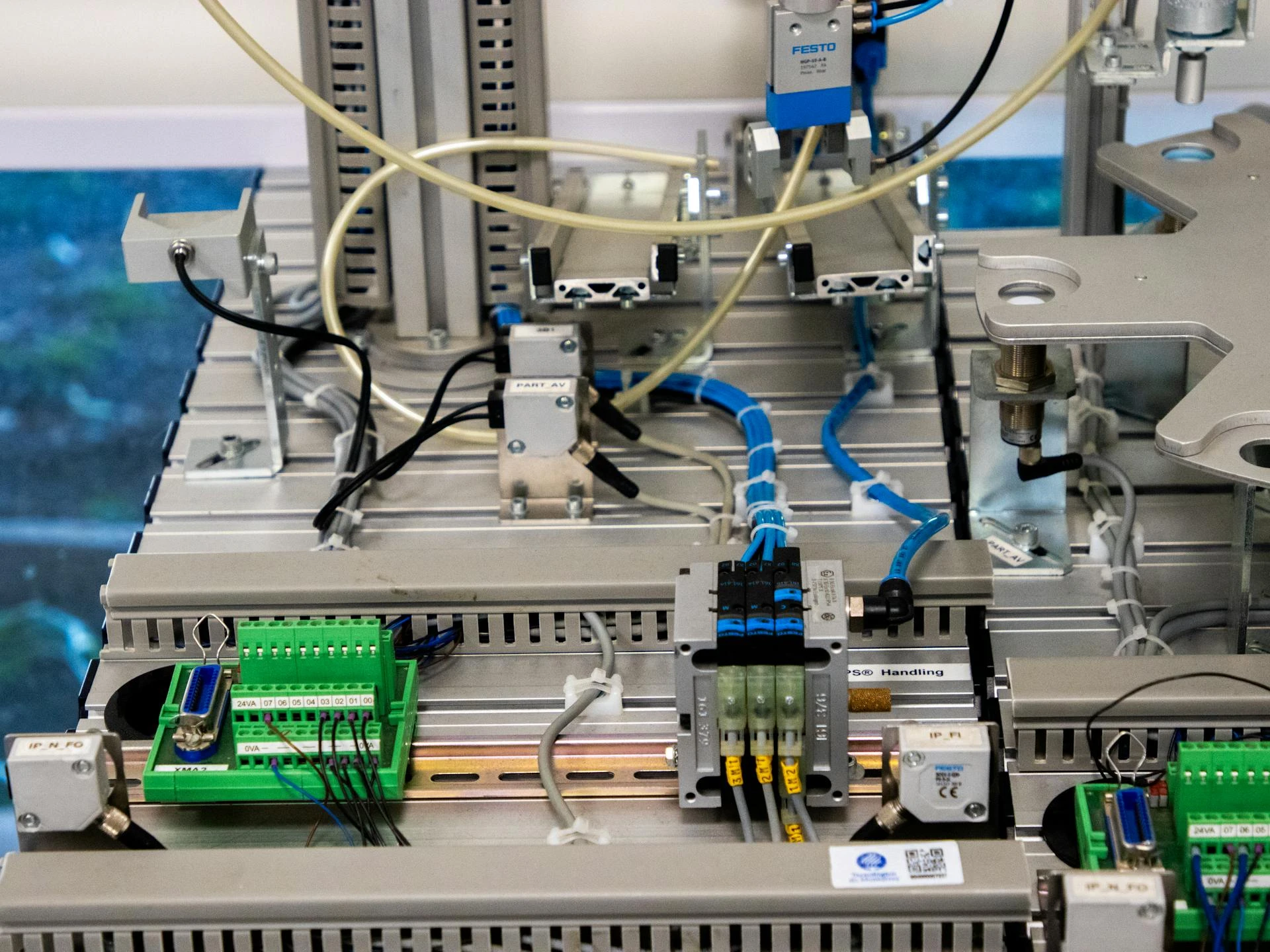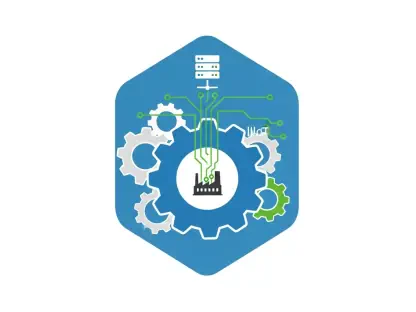In a transformative move for the South Texas and Northern Tamaulipas border region, the Council for South Texas Economic Progress (COSTEP) has launched an innovative tool that promises to reshape the manufacturing landscape. This digital platform, known as the Rio South Texas Region Industrial Data System, aims to centralize vital information about manufacturing entities across a wide swath of territory, stretching from Cameron County to Webb County in Texas and from Nuevo Laredo to Matamoros in Tamaulipas. By mapping industrial sectors and highlighting regional strengths, this initiative seeks to attract significant investment and spur economic growth. The unveiling of this system signals a strategic pivot toward data-driven development, positioning the area as a unified and competitive hub in the global market. Beyond mere numbers, the project embodies a vision of collaboration and prosperity, addressing long-standing challenges faced by smaller communities in gaining international attention. This bold step forward raises compelling questions about how technology can bridge gaps and foster sustainable job creation in a historically fragmented region.
Unifying a Region Through Strategic Collaboration
The foundation of COSTEP’s initiative lies in its recognition that individual towns in South Texas, often with populations between 200,000 and 250,000, struggle to stand out to global investors. By branding the area as the “Rio South Texas” region, encompassing seven Texas counties and ten Tamaulipas municipalities, a more formidable economic entity emerges. This unified approach amplifies the appeal to international companies from regions like Europe, Asia, and Canada, who might otherwise overlook smaller, isolated markets. The emphasis on regional solidarity transforms the perception of the border from a barrier into a gateway for opportunity, fostering a narrative of shared success. Moreover, this strategy not only aims to draw new businesses but also supports the expansion of existing ones, ensuring that economic benefits are felt across communities. The focus on presenting a cohesive front tackles the inherent limitations of fragmented local efforts, creating a stronger case for investment and development that could redefine the area’s industrial future.
Another critical aspect of this collaborative framework is the binational partnership between Texas and Tamaulipas, which underscores the region’s unique position in the North American supply chain. This perspective frames the border as a vital link rather than a divider, highlighting the combined strengths of the U.S. and Mexico. The vibrant communities, dedicated workforce, and business-friendly environment are key selling points that position the region as an attractive destination for manufacturing growth. A significant advantage lies in the bilingual nature of the area, which facilitates seamless communication and cross-border cooperation. This cultural and linguistic asset enhances the potential for partnerships, making it easier for companies to operate across national lines. By leveraging these shared attributes, COSTEP aims to build a robust economic corridor where mutual prosperity drives innovation and job creation, setting a precedent for how border regions can work together to achieve global competitiveness in an interconnected world.
Empowering Growth with the Industrial Data System
At the heart of COSTEP’s initiative is the Rio South Texas Region Industrial Data System, a digital platform designed to revolutionize how manufacturing data is utilized. Developed through strategic partnerships, this tool collects non-invasive data that protects proprietary company information while providing a comprehensive overview of industrial capabilities across the region. The system’s primary goal is to create a centralized database that showcases strengths and opportunities, making it simpler for stakeholders to identify areas for growth. For potential investors, this translates into access to reliable, actionable insights that inform decision-making processes. By mapping out sectors and highlighting competitive advantages, the platform serves as a powerful marketing tool to promote the region’s potential on a global stage. This data-driven approach addresses a critical need for transparency and accessibility, ensuring that the manufacturing hub is positioned as a credible and appealing choice for business expansion.
Beyond attracting investment, the Industrial Data System plays a pivotal role in fostering regional unity and retaining local talent. One of the persistent challenges in smaller communities is the brain drain, where skilled graduates often leave to seek opportunities elsewhere. By providing detailed information on industrial sectors and job prospects, the system helps create a clearer picture of viable career paths within the region. This initiative supports the development of robust employment opportunities, encouraging young professionals to stay and contribute to local economies. Additionally, the platform enables cross-border collaboration by offering a shared resource for businesses on both sides of the border to connect and strategize. The focus on actionable data ensures that economic planning is grounded in reality, paving the way for sustainable growth. As a result, the system not only serves as a catalyst for investment but also as a mechanism to build stronger, more resilient communities that can thrive in a competitive global landscape.
Paving the Way for Sustainable Economic Progress
Reflecting on the launch of the Industrial Data System, it’s evident that COSTEP took a significant step toward strengthening the manufacturing sector across South Texas and Northern Tamaulipas. The emphasis on binational cooperation and regional unity marked a turning point in how the area was presented to the world, transforming fragmented efforts into a cohesive economic narrative. The introduction of a centralized data platform stood out as a game-changer, equipping stakeholders with the tools needed to attract investment and drive job creation. This initiative highlighted a proactive approach to addressing economic disparities, ensuring that local talent found opportunities closer to home. As a model of innovation, the project demonstrated how technology and collaboration could overcome traditional barriers, setting a benchmark for other regions to follow in their pursuit of growth.
Looking ahead, the next steps involve expanding the reach and capabilities of the Industrial Data System to include even more detailed insights and broader regional coverage. Stakeholders should prioritize continuous updates to the platform to reflect evolving industrial trends and needs, ensuring its relevance in a dynamic market. Partnerships with educational institutions could further enhance workforce development, aligning training programs with industry demands. Additionally, targeted marketing campaigns using the system’s data can help position the region as a top-tier manufacturing hub for specific sectors. Encouraging dialogue between businesses, policymakers, and community leaders will be crucial to sustain momentum and address emerging challenges. By building on the foundation laid by this initiative, the Rio South Texas region can solidify its standing as a competitive player, driving long-term prosperity through informed, strategic efforts that benefit all involved parties.









